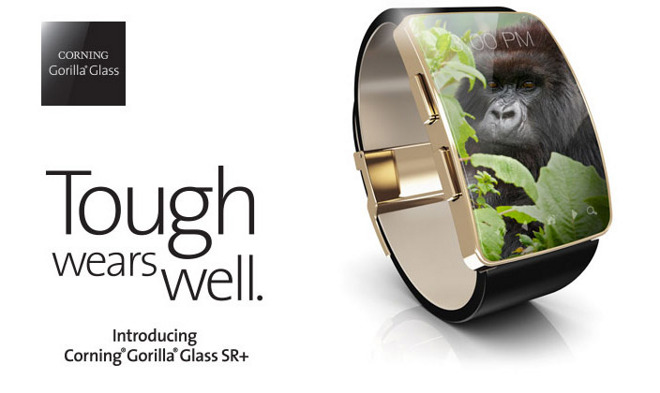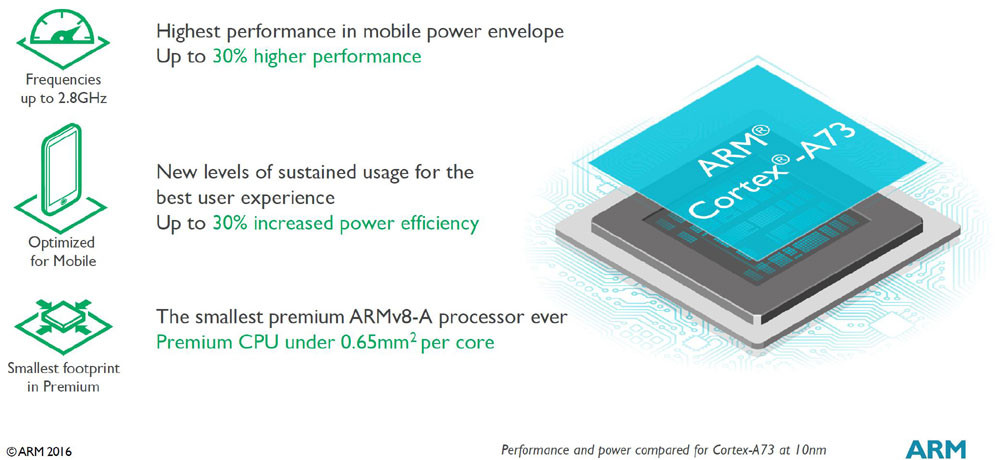
The Bluetooth Special Interest Group has just announced that they’ve created a new Bluetooth standard, version 4.1. For those who don’t care about Bluetooth all that much, you should, because devices like smart watches, health trackers, and who knows what sort of sensors that have yet to be invented, will use the technology. Version 4.0 added a low-power mode to help converse battery life, and now with version 4.1, they’re tackling radio interference, connection robustness, and data transfer rates.
Starting with the “coexistence” feature, the Bluetooth radio in your next phone will be able to talk to your cellular modem and coordinate data transfers so that neither of the two radios have to fight to be heard. Not only will this further reduce battery usage, since the modems won’t have to amplify their signal as strongly, but it’ll help keep the devices connected to your phone actually stay connected.
Which brings me to the next feature, better connections. Sometimes you walk too far away from your Bluetooth speaker or Bluetooth enabled alarm clock. It happens. Instead of waiting for those devices to repair when you’re near them again, Bluetooth 4.1 allows Bluetooth devices to set variable reconnection attempt times.
And finally, improved data transfer. While there are now technical specifications about this feature, yet, here’s how the faster data speed is supposed to work. Say you have a sensor that spits out a data point, like your heart rate, every few seconds. Instead of lighting up the sensor to send that data, Bluetooth 4.1 will be able to hold a bunch of data transfer requests, wait until there are enough of them, and then blast them all out in one go. Again, this helps battery life.
When will Bluetooth 4.1 show up in smartphones? Good question. Sadly, no answer.

















